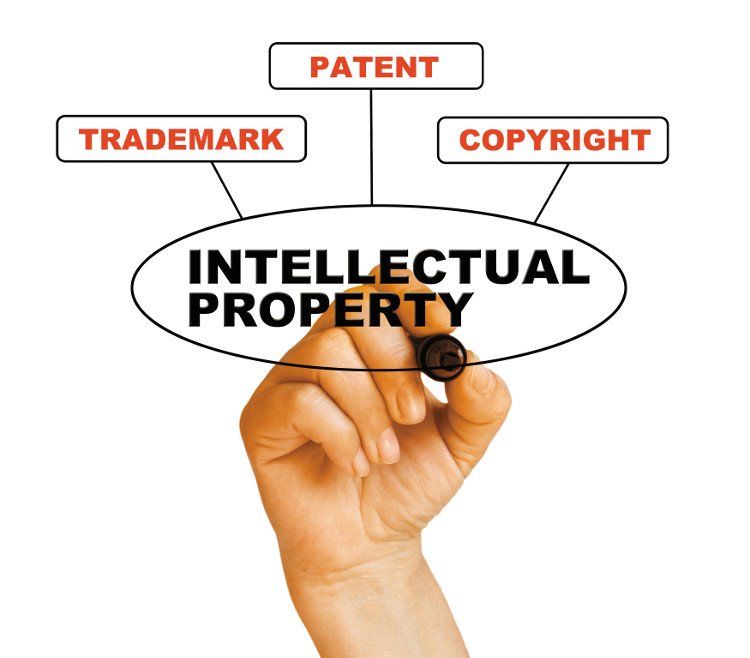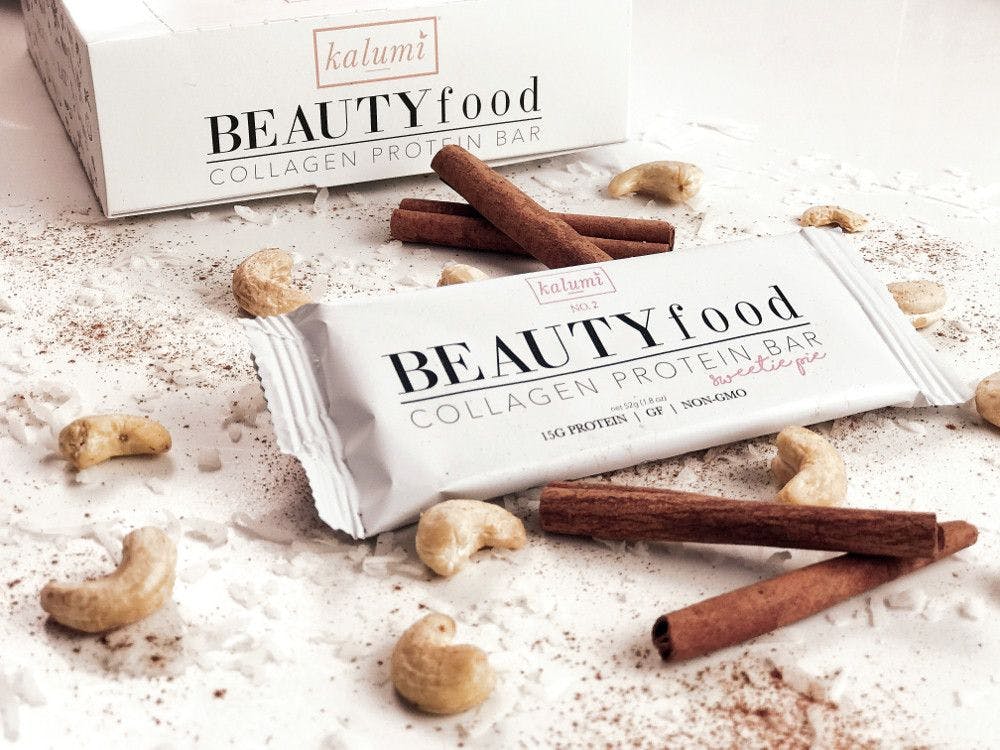Can you still patent a natural product?
Are natural products still patentable? A federal circuit’s decision in a recent high-profile court case gives comfort to natural product marketers that they may indeed be able to, under the right circumstances, patent their natural products.
Photo © Shutterstock.com/jovan vitanovski

Are natural products or ingredients patentable if they rely on naturally occurring substances? The answer to this question has become critical especially over the last decade as companies and patent attorneys are either finding patent filings rejected more often by patent examiners or finding existing patents invalidated or challenged in court. Challengers argue that inventions related to laws of nature, natural phenomena, or abstract ideas cannot be patented. The result is this: these days in the natural products industry as well as in other industries, there is much confusion about whether or not companies can confidently rely on-and ultimately defend in court-their existing patents. There is also the question of how future patent claims should be constructed so that they stand up to scrutiny.
In March, the “law of nature” debate was highlighted in a case decision involving ingredient supplier Natural Alternatives International (NAI; Carlsbad, CA). NAI owns a number of product and method patents for its CarnoSyn beta-alanine amino acid ingredient. These patents cover NAI’s claims that CarnoSyn beta-alanine, when administered as a dietary supplement in humans, “elevates beta-alanine above natural levels to cause an increase in the synthesis of beta-alanyl-histidine dipeptide in the tissue.” According to the company, this increase results in a subsequent increase in anaerobic working capacity and athletic performance.
Over the years, NAI has sued a number of companies, including Creative Compounds LLC, claiming that the companies infringed on NAI’s CarnoSyn patents. Related to this, in 2017, the U.S. District Court for the Southern District of California ruled that NAI’s claims are not patent eligible, stating that it is natural law that ingesting beta-alanine will naturally increase carnosine levels in the body and increase anaerobic working capacity. Had this lower court’s decision stood, it would have sent a chilly message to those in the natural products industry investing in patent portfolios.
Thankfully, on March 15, 2019, the U.S. Court of Appeals for the Federal Circuit
reversedthe district court’s ruling, stating that NAI’s claims are in fact patent eligible. The federal circuit said that administering beta-alanine in the quantities outlined by NAI’s patent in fact “alters that subject’s natural state.” It said: “Specifically, homeostasis is overcome, and the subject’s body will produce greater levels of creatine.” The court ruled that the high levels of beta-alanine that CarnoSyn delivers are above any levels of beta-alanine that would occur in nature and thus presents a new use of the ingredient. The court went on to point out that NAI’s patent outlines very specific patient populations and a specific compound and form of beta-alanine, as well as a specific dosing range, in order to achieve the proposed effects in the body. “This,” the court wrote, “goes far beyond merely stating a law of nature, and instead sets forth a particular method of treatment.” The court said, “the fact that the active ingredient in the supplement is a molecule that occurs in nature and is consumed as part of the human diet also does not alter our analysis.” The case is now remanded back to the district court.
This case, as well as others that have come before, highlights the fine line that exists between creating too narrow a pathway that precludes companies from patenting anything at all related to a natural occurrence, and alternatively creating a situation in which someone would be able to patent, too broadly, and block from others all uses of something related to a natural occurrence.
The patent office is struggling with this line. These days, say the patent attorneys interviewed in this article, we are seeing more patents being challenged.
Jason Jardine is a partner at the law firm Knobbe Martens. Until recently, for nearly 30 years prior, patents related to 35 U.S. Code § 101 (“Section 101”), which addresses patentable inventions, had not been the subject of much controversy, he says. Then there were a couple of big Supreme Court cases related to the “law of nature” (Mayo Collaborative Services v. Prometheus Laboratories Inc. in 2012 and Molecular Pathology v. Myriad Genetics in 2013) that changed the landscape.
Nowadays, Jardine is seeing more clients run into patent-related obstacles, including more rejections by patent examiners who are “putting the burden on applicants to prove why they are patent subject matter eligible,” he says. Patent examiners are also influenced by court decisions. “From time to time, the patent office will issue guidelines to the examiners that say, ‘Okay, this is how you’re supposed to examine applications and this is the framework under which the federal circuit is interpreting,’” Jardine says.
Given the challenging environment in the past five or six years, Jardine has seen more companies questioning whether or not they should invest in patent applications at all. “Many of my clients [have asked], ‘Do we continue to file patent applications? Are we going to be able to get them at the patent office, and then if we can get them at the patent office, are we going to be able to enforce them against someone else?’” He adds: “I have a number of clients who reduced the number of patent filings, particularly those biotech clients who are in the diagnostics space.”
It doesn’t help that court interpretations in cases involving laws of nature have been “wildly inconsistent,” says attorney Kevin Bell, a principal at Porzio, Bromberg & Newman. Bell was the attorney who represented NAI in the federal circuit case. This inconsistency, he says, has led to further confusion. “This patent ineligibility question is the single biggest patent issue in the U.S. patent system right now,” he says. If the district court’s NAI decision had stood, he says, “almost the entire dietary supplement industry, and a lot of biotech and pharmaceutical companies, would have to say, ‘Well, then I can’t get patents on a lot of stuff.’” Down the line, he says, companies would be disincentivized to invest in research if they are not able to acquire intellectual property based on that research. He calls this a “cascading effect” that could impact everything including the National Institutes of Health and the grants it bestows. Ultimately, this cascade could reduce the number of innovative products on the market if companies feel they can’t use intellectual property to protect their products.
The federal circuit’s NAI ruling has righted the ship for now. For the time being, it “is confirming what people have thought was appropriate for supplement patents, these method-of-treatment claims,” says attorney Brent Batzer, a partner at Amin Talati Upadhye. “It confirms to people in the industry that those are patentable under Section 101,” he says.
“One of the reasons [this case] picked up everyone’s interest when it happened at the district court level is that method-of-treatment claims using a combination of natural products or a natural product was thought by most in the industry to be the acceptable way to potentially patent something,” Batzer says. “A [patent for a] composition that is just straight up a natural product would be difficult to get, but an application of that natural product, for a specific treatment, was thought to be the appropriate way to get a patent, even when the patent office was using its perhaps unnecessarily narrow guidelines and rejecting a lot more things on this patent subject matter basis.”
“People were watching this,” he continues. “It’s of interest to everyone who has been investing in a patent portfolio.”
Jardine says that the NAI case is helpful in affirming to companies about how to proceed. “What they need to do is make sure they are identifying exactly who the population is that they’re treating, identifying exactly what the compound is that they are giving, and also figuring out what that effective amount to get that particular result is.” It is also important to note any synergistic effects with other ingredients if the effect of that interaction is beyond what would otherwise naturally occur. “I do think that if you stick to that formula…then you’re very likely to be able to get over this Section 101 hurdle,” he adds.
Dietary supplement industry leaders are watching the patent landscape carefully. Following the federal circuit’s NAI decision, Daniel Fabricant, PhD, president and CEO of the Natural Products Association, issued this statement: “Protecting patents for natural products companies will lead to more innovation and more choices for consumers. This is one of the biggest issues we are facing, and we look forward to protecting patents for natural products not only in the courts but also in Congress.” (Patent reform legislation is also a topic being discussed more often today.)
Jardine calls the federal circuit’s decision helpful to him and his clients. “This case is encouraging to me,” he says. “It’s showing that the federal circuit has a willingness both to expand and to clarify Section 101 and show how applicants for patents, as long as they have these types of limitations in their claims and they narrow their claims and applications (a particular application of the law of nature) and they’re not just trying to claim a law of nature, then they’re going to be able to get an enforceable patent.”
In a press release, Mark LeDoux, NAI’s CEO and chairman of the board, said: “The court’s ruling means members of the supplement industry can and should continue to avail themselves of U.S. patent laws as well as regulatory tools, such as NDIs [new dietary ingredient notifications], to protect their significant investments in clinical research, product development, substantiation, and testing for innovative products and uses that benefit consumers every day.”
Says Bell: “Supplement companies should feel a lot more secure that the intellectual property they have or are trying to get has value to it and can be used to protect their products….I think this case did a very good job of clarifying where these lines should be drawn in looking at patents, especially related to inventions involving natural products. I think this gives a much clearer line in the sand for judges as well as stakeholders who own the patents to look at how they should be interpreted.”

Prinova acquires Aplinova to further increase its footprint in Latin America
April 7th 2025Prinova has recently announced the acquisition of Brazilian ingredients distributor Aplinova, which is a provider of specialty ingredients for a range of market segments that include food, beverage, supplements, and personal care.

.png&w=3840&q=75)

.png&w=3840&q=75)



.png&w=3840&q=75)



.png&w=3840&q=75)





















